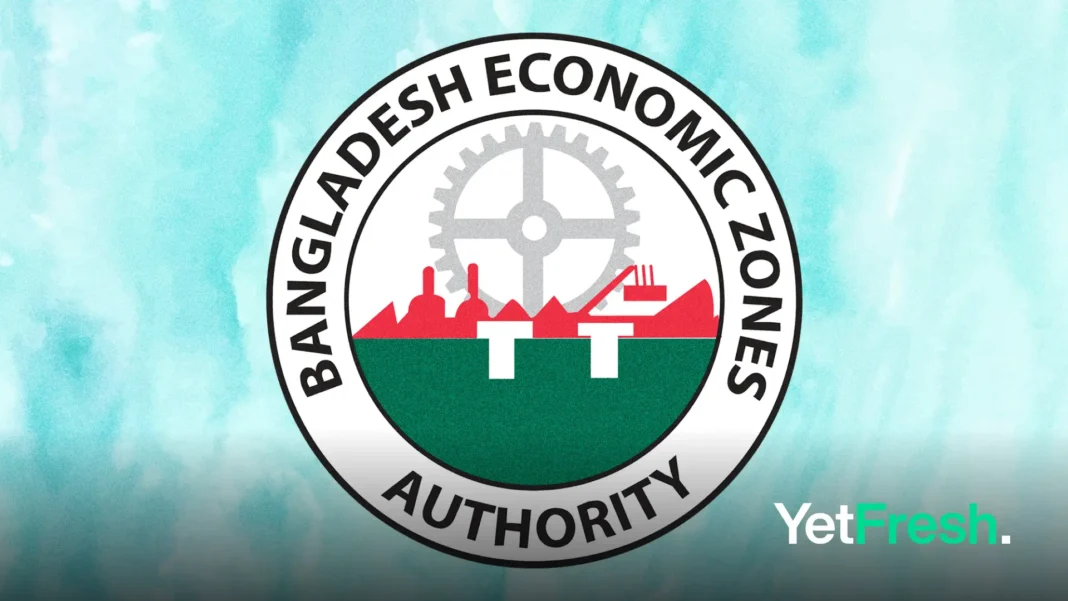Summary:
- The interim government led by Professor Muhammad Yunus has reduced the economic zone development plan from 100 to 10 zones, with six zones prioritized for initial development including utility and infrastructure.
- The first phase focuses on six zones: National Special, Srihatta, Japanese, Maheshkhali, Jamalpur, and Anwara Economic Zones, while the second phase will develop Sabrang Tourism Park, Chandpur, Kushtia, and Bhutanese Economic Zones.
- All previously acquired lands for other economic zones during Awami League’s 15-year rule will remain unused until the next elected government decides their fate, following the AL government’s ousting in August 2024.
- The Indian Economic Zone project in Mirsarai, despite a $100 million loan agreement from 2015, has been put on hold with minimal progress as less than $5 million has been released.
The interim government of Bangladesh has significantly scaled back plans for economic zones, announcing it will focus on developing just 10 zones instead of the previously planned 100 under the former Awami League administration.
Professor Muhammad Yunus’s interim government will prioritize six economic zones in the initial phase, ensuring complete utility connections and infrastructure before proceeding with the remaining four. The selected zones include the National Special Economic Zone, Srihatta Economic Zone, Japanese Economic Zone, Maheshkhali Economic Zone, Jamalpur Economic Zone, and Anwara Economic Zone.
“The AL government acquired thousands of acres of land nationwide for the economic zones, without any logical justification,” stated Energy Adviser Muhammad Fauzul Kabir Khan at a recent Bangladesh Chamber of Industries event.
The second phase will focus on developing four additional zones: Sabrang Tourism Park, Chandpur Economic Zone, Kushtia Economic Zone, and Bhutanese Economic Zone in Kurigram. BEZA Executive Chairman Chowdhury Ashik Mahmud Bin Harun is expected to present a detailed roadmap at a press conference on January 7.
The decision marks a significant shift from the ambitious plans initiated in 2009 when the Bangladesh Economic Zones Authority (BEZA) was established. Under the previous administration, BEZA had approved 97 economic zone sites, comprising 68 government and 27 private zones.
The fate of acquired lands for other planned economic zones will remain undecided until a new political government takes office. Notably, the Indian Economic Zone project in Mirsarai, which has seen minimal progress despite a $100 million loan agreement from 2015, has been put on hold.
The timeline for political transition remains fluid, with Chief Adviser Muhammad Yunus indicating that the next general election could occur between late 2025 and early 2026, following the completion of necessary reforms.
This strategic realignment follows the dramatic end of the Awami League’s 15-year rule in August 2024 through a mass uprising. The interim government’s focused approach aims to ensure the successful completion of priority zones rather than pursuing the previous administration’s broader expansion plans.
Currently, only 10 economic zones have become operational since 2015, with 13 companies actively producing goods in two state-run zones. The total investment proposals received by BEZA amount to $28.75 billion, with actual investments reaching $6.05 billion between 2020 and mid-2024.
Source: TBS News




